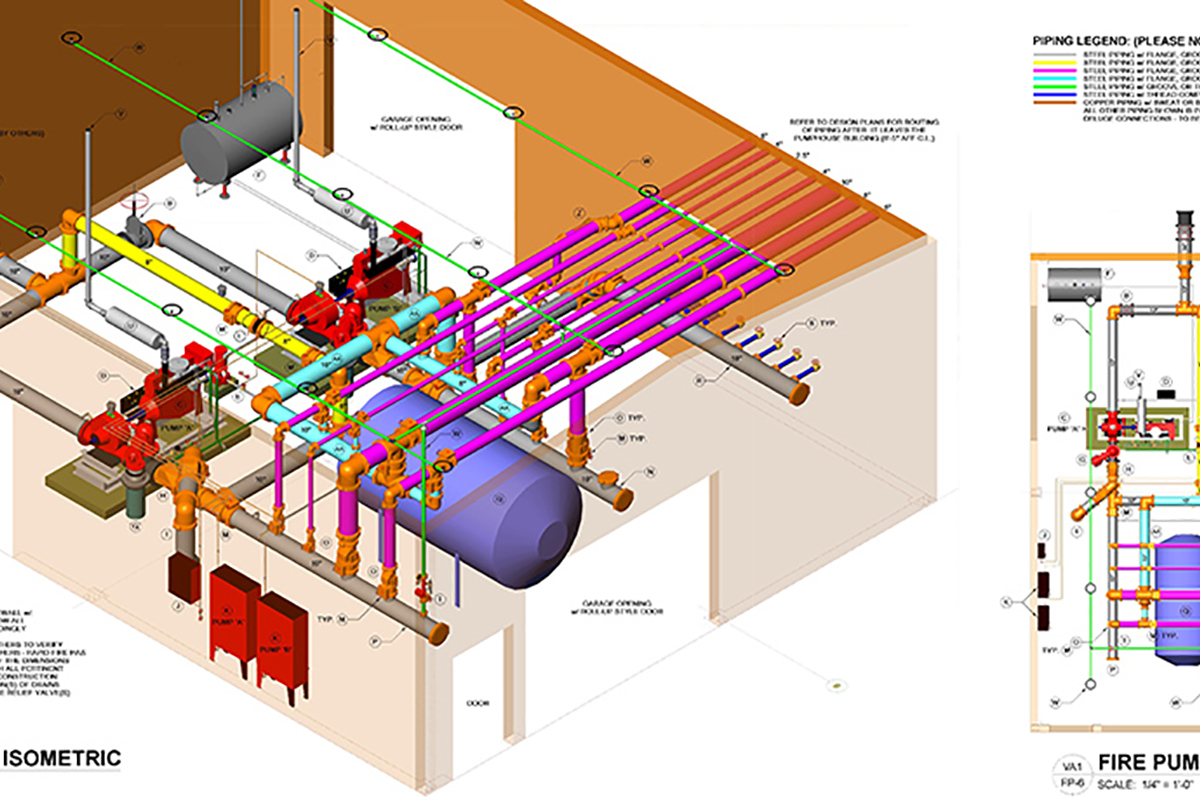How to prevent freezing?
Low-temperature halls, such as freezers or refrigerated warehouses, require particularly advanced fire protection solutions. One of the greatest challenges is preventing installations from freezing. This could result in damage and serious operational consequences. This is why the use of frost-resistant sprinklers is becoming a fundamental element of effective safety management in such facilities. What methods of protection against freezing are the most effective and why is proper maintenance of fire protection systems so important?

Which sprinkler systems work best in extreme conditions?
Choosing the right fire protection system in low-temperature halls is one of the fundamental aspects of protecting property and people. Fire protection systems in freezers and refrigerated warehouses must both respond effectively to threats and be resistant to extreme conditions.
One of the most commonly used solutions is dry sprinkler systems, in which the pipes are filled with compressed air or nitrogen instead of water. This approach avoids the risk of liquid freezing in the pipes, which could lead to damage to the system. When the sprinklers are activated, the compressed air gives way to water, which is delivered to the fire site. In applications requiring additional protection, frost-resistant sprinklers are irreplaceable.
When selecting the right systems, you should also pay attention to the right materials from which pipes for fire protection systems are made. They must meet the highest quality standards and be adapted to work in extreme temperatures.
An alternative to dry systems are systems using antifreeze solutions. Special fluids protect the installation from freezing even at temperatures below -30°C. It is worth remembering, however, that such a solution requires regular monitoring and refilling of the fluid in order to maintain its effectiveness.
The role of insulation and heating in protecting installations from freezing
Protecting fire protection systems from freezing requires a comprehensive approach. One of the most important elements of this protection is proper thermal insulation. It prevents excessive cooling of pipelines and other system elements. Properly selected insulation minimizes heat loss. This is particularly important in the case of facilities with a constant temperature below zero.
In some cases, it is necessary to use additional heating of the pipes. Electric heating systems allow to maintain a constant temperature of the fluid in the installation, even at the lowest temperatures. Such solutions are especially recommended in places where there are long-term frosts or large temperature fluctuations.
Moreover, regular monitoring of the installation is important. Modern technologies, such as temperature detection systems, allow for ongoing monitoring of the system status and rapid response if the risk of freezing is detected. In the context of protection, it is also worth emphasizing the role of using elements such as freezer sprinklers, which have been designed with the specific requirements of such facilities in mind.
Effective fire protection management in low-temperature halls requires the use of advanced technologies and an appropriate approach to maintenance. Frost-resistant sprinklers, thermal insulation, heating systems and regular technical inspections are key elements to ensure the reliability of the installation.
